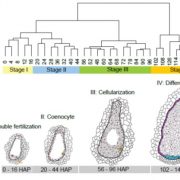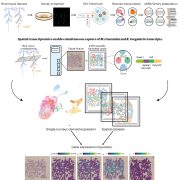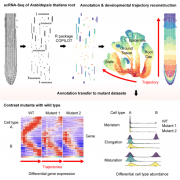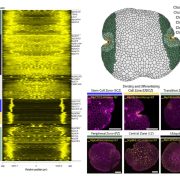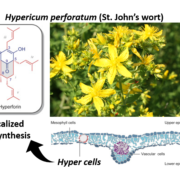Phylogenomics of rubber trees sheds light on latex production
 Natural rubber, primarily derived from Hevea brasiliensis, is an essential global resource, but its production threatened by environmental changes and pest pressures. Fang et al. examined genome assemblies from eight high-quality Hevea accessions comprising different species. The results show unexpected levels of gene transfer between wild and cultivated types, implying insufficient reproductive isolation. This suggests that there is a possibility to introduce genetic variation into rubber farming, potentially increasing plant resilience and latex yield while maintaining quality. The pan-genome dataset and transcriptome analysis from this work also shed light on the genetic basis of latex production and defensive characteristics in rubber trees. Tapping, a mechanical wounding treatment that imitates the damage caused by insects burrowing into the bark, not only enhances the production of latex but also triggers the activation of genes related to defence mechanisms. Latex output increased with tapping frequency and was associated with increased expression of REF1 and SRPP1, two genes that are expressed in laticifers (latex producing cells) and highly duplicated in latex-producing plants. These findings are crucial for enhancing rubber breeding techniques and satisfying the growing global demand for natural rubber under changing environmental conditions. (Summary by Tuyelee Das, @das_tuyelee) Nature Comms 10.1038/s41467-024-51031-3
Natural rubber, primarily derived from Hevea brasiliensis, is an essential global resource, but its production threatened by environmental changes and pest pressures. Fang et al. examined genome assemblies from eight high-quality Hevea accessions comprising different species. The results show unexpected levels of gene transfer between wild and cultivated types, implying insufficient reproductive isolation. This suggests that there is a possibility to introduce genetic variation into rubber farming, potentially increasing plant resilience and latex yield while maintaining quality. The pan-genome dataset and transcriptome analysis from this work also shed light on the genetic basis of latex production and defensive characteristics in rubber trees. Tapping, a mechanical wounding treatment that imitates the damage caused by insects burrowing into the bark, not only enhances the production of latex but also triggers the activation of genes related to defence mechanisms. Latex output increased with tapping frequency and was associated with increased expression of REF1 and SRPP1, two genes that are expressed in laticifers (latex producing cells) and highly duplicated in latex-producing plants. These findings are crucial for enhancing rubber breeding techniques and satisfying the growing global demand for natural rubber under changing environmental conditions. (Summary by Tuyelee Das, @das_tuyelee) Nature Comms 10.1038/s41467-024-51031-3




